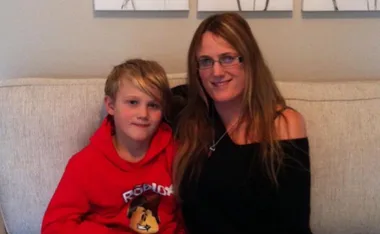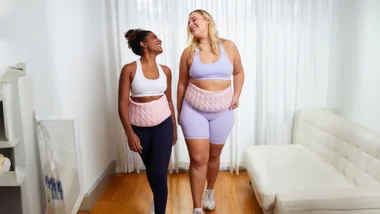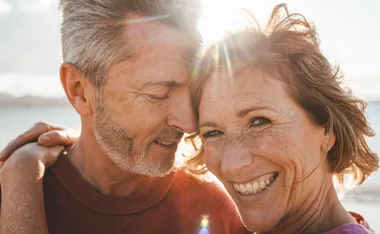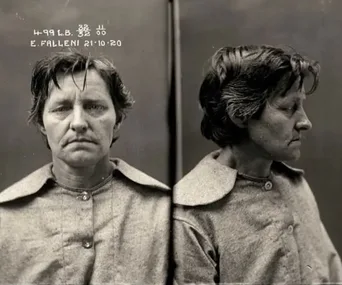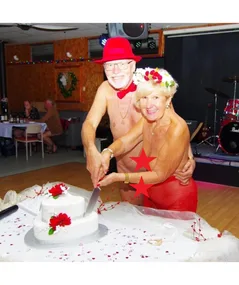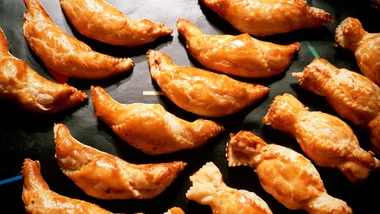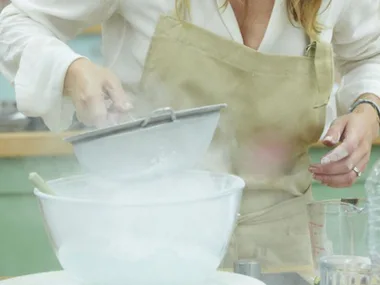Look out for the Road Train this month as we visit towns in Tasmania, Victoria and South Australia.
Capital day
On Sunday, March 11, we joined the Celebrate Canberra Festival to say “Happy Birthday!” to our nation’s capital. Highlights included Test Kitchen Director Pamela Clark’s impressive recipes and a fashion parade featuring the latest looks and accessories from Sussan, hosted by The Weekly’s executive style director, Jane de Teliga. The crowd got some great tips from gardening expert Jackie French on how to keep gardens looking lush during drought and Dr Helen Zorbas was there with an important message from the National Breast Cancer Centre. A spectacular performance by Cirque du Soleil was a perfect end to a fun day.
What’s on
Community spirit
At every town we visit, not only does the Commonwealth Bank offer financial workshops, but its Community Spirit initiative makes a donation to a local community group, based on the amount of tokens an audience member collects from the giant Community Spirit inflatable booth at the Road Train. So come and support your local group — the more tokens collected, the larger the donation!
Welcome aboard!
Hobart, Wednesday, May 2
10am-2pm: Come and see The Australian Women’s Weekly Test Kitchen in action.
Launceston, Friday, May 4
Join us at Agfest, organised by the Rural Youth Organisation of Tasmania. The Today show will cross live to Steve Jacobs on the Road Train from 6am to 9am. From 9am to 4pm there are cooking demonstrations by The Weekly, a fashion parade by Sussan, makeovers by Revlon and live entertainment.
Mornington, Friday, May 11
10am-1pm: The Road Train rolls into town for a morning of fun activities, including Revlon makeovers.
Geelong, Sunday, May 13
10am-2pm: The Road Train invites along mums and their families for a special morning of pampering.
Apollo Bay, Tuesday, May 15
10am-1pm: Don’t miss the Road Train in Apollo Bay on the Great Ocean Road.
Warrnambool, Friday, May 18
10am-1pm: The Road Train brings the pages of The Weekly to life with food demonstrations and Revlon makeovers.
Mount Gambier, Sunday, May 20
10am-2pm: The Cave Gardens host a day of community spirit and local produce.
Murray Bridge, Tuesday, May 22
10am-1pm: On the banks of Australia’s most famous river, Murray Bridge hosts a morning of activities on the Road Train.
Victor Harbor, Thursday, May 24
9am-3pm: Join us to celebrate The Cancer Council’s Biggest Morning Tea. The day will feature beauty and cooking demonstrations by The Weekly team, a Sussan fashion parade and make-up advice from Revlon.
Barossa Valley, Saturday, May 26
7.30am-9.30am: Come and see us for a feast of fine foods at the Barossa Farmers Market, Angaston.
Clare, Monday, May 28
Berri, Wednesday, May 30
For more details on locations and times, visit our website at www.aww.com.au/roadtrain or email [email protected]
Newsletter conversion description. Get the latest in your inbox.









.png?resize=380%2C285)
.jpg?resize=380%2C285)

